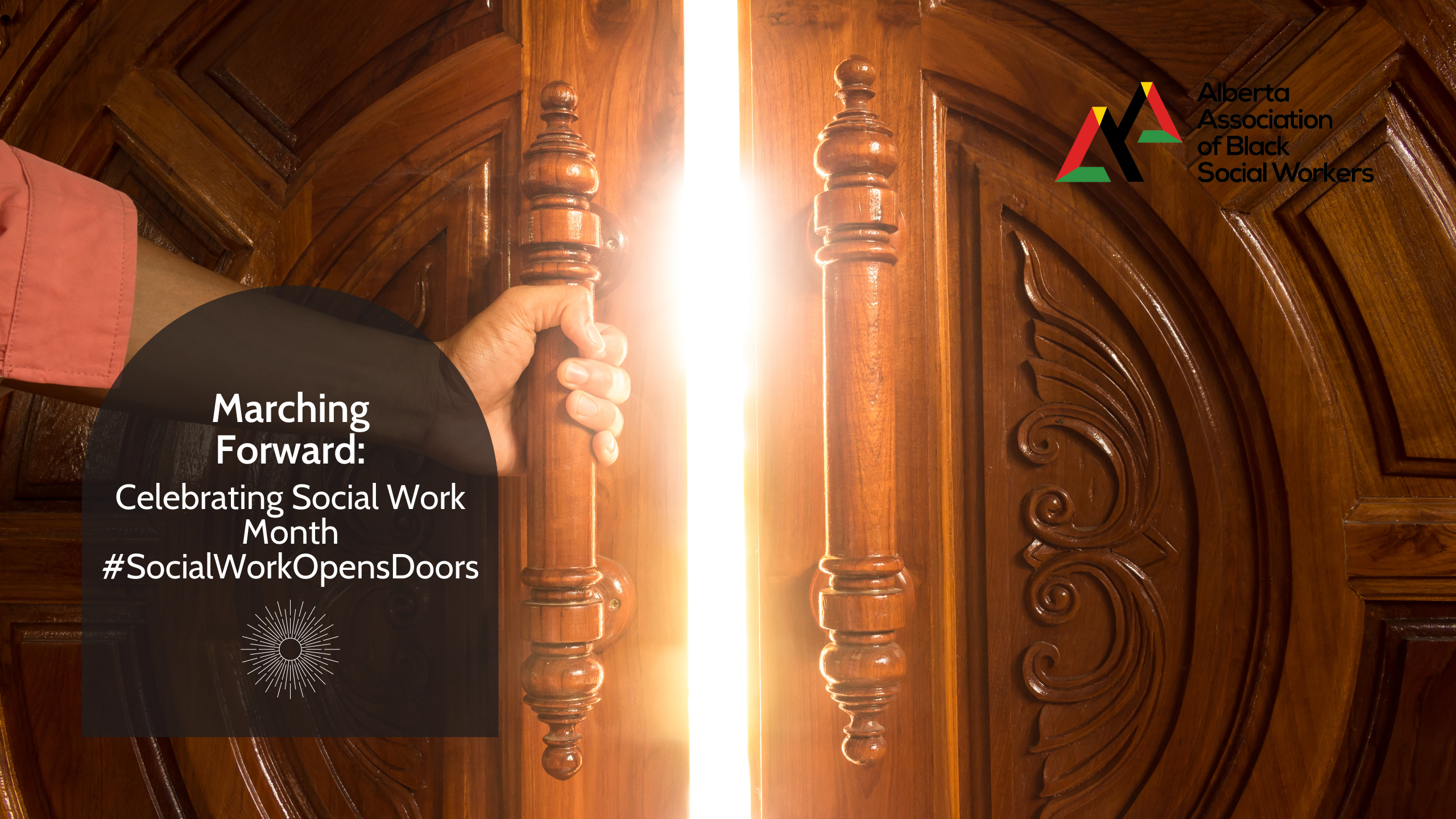The Story of Binta and Ayo
Binta’s attentive eyes caught a sign in the golden glow of summer on Wentworth Crescent. Ayo, her friend whose eyes once sparkled with life, seemed noticeably dimmed. The energetic zest that led him to dominate the community playground was absent, replaced by isolation and the eerie stillness of his neglected ball. Realizing the gravity of the change, Binta felt the urgency to step in.
The question was: How could she effectively recognize the signs and initiate a meaningful intervention?
Addressing the Unspoken Pain
Unfortunately, in numerous African communities, the conversation around mental health, not to mention suicide, remains suppressed by taboos. Nevertheless, in light of the mounting socio-economic pressures, lingering historical traumas, and the complexities of modern life, it’s imperative to shift our perspective. Essentially, we are entrusted with safeguarding our brothers and sisters.
Identifying the Warning Signs
Foremost, it is vital to be vigilant about behavioural changes, including:
- Withdrawal: Individuals grappling with suicidal thoughts often distance themselves, as exhibited by Ayo’s retreat from communal activities.
- Expressions of Hopelessness: Be alert to statements like, “I wish I weren’t here” or “I see no way out,” which often denote a deep-seated despair.
- Mood Swings: Pay close attention to sudden shifts from extreme despondency to eerie calm or heightened agitation.
Crafting an Afrocentric Response
Drawing from the philosophy of Ubuntu we should learn to approach the individual with unbounded empathy and a non-judgmental stance. Engage them in heartfelt conversations, allowing them the space to share their narratives. Remember, in our culture, storytelling is often a gateway to healing. Moreover, actively connect them to local healers, mental health professionals, or social workers who resonate with our distinctive cultural nuances. Furthermore, foster a community watch that ensures their integration into group activities, from dancing to communal farming and shared meals, thus preventing isolation.
Communicating Sensitively
While it’s essential to communicate concern, avoid utterances that may come across as dismissive, such as
- “Think about your family.”
- “Snap out of it; we all face challenges.”
- “It’s just a phase.”
Instead, Say,
- “I’m truly sorry you’re feeling this way, but I want to help.”
- “Your feelings are valid, and I’m here to support you.”
- “Let’s find a way through this together.”
Empowering with Relevant Resources
The journey continues after a conversation. Encourage them to reach out to helplines tailored for our communities. For example, organizations like AABSW or local community centres are equipped with professionals adept in Afrocentric counselling techniques, providing tailored support for our communities.
In conclusion, by intertwining our rich African heritage and understanding of community with modern-day mental health practices, we can provide an environment of support and healing. Just as Binta extended her hand of solidarity to Ayo, let’s cultivate the ability to discern the signs and spread the nurturing hand of Ubuntu. United in understanding, we can create a haven of support and healing for all.



